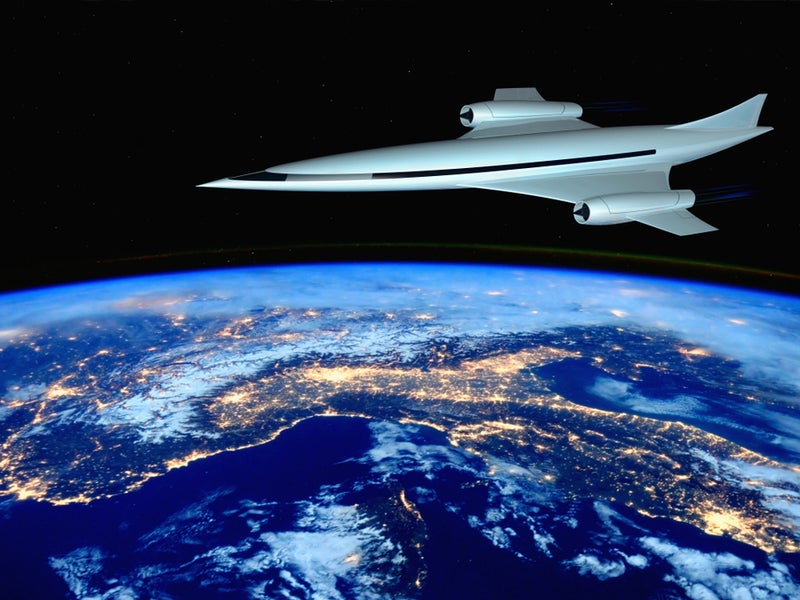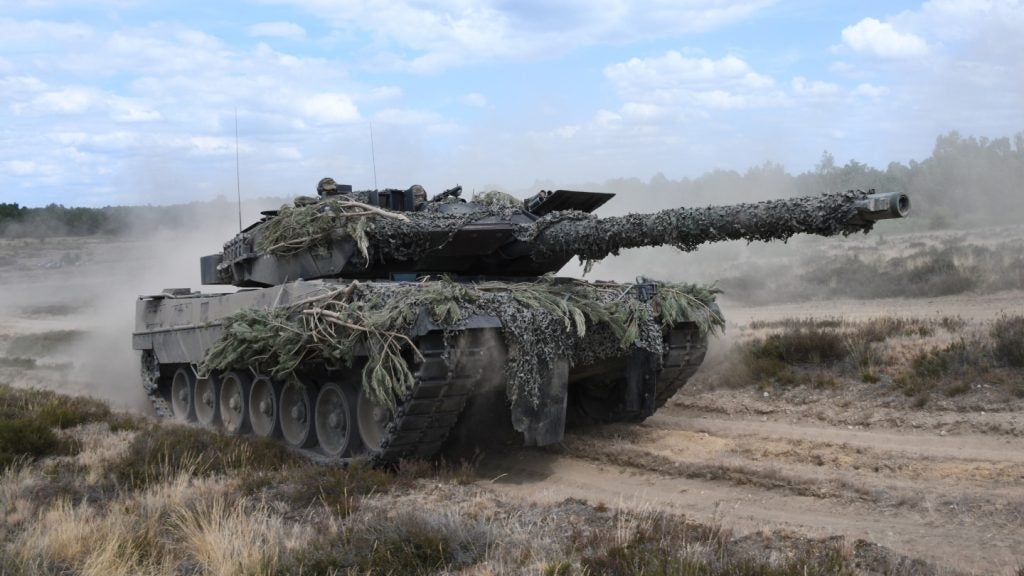Hypersonics is a key development in defence and is at the forefront of new industrial technologies. There are several areas where hypersonic technology is being developed, not exclusively in defence, and whilst defence primes are the major contractors in these areas, there are many disruptors on the scene with a variety of companies involved.
Listed below are the key macroeconomic trends impacting the hypersonic weapons industry, as identified by GlobalData.
Great power competition
The three leaders of the hypersonic technologies market also happen to self-identify as competitors. In its 2018 National Defence Strategy the United States identified China and Russia as growing military threats, categorising the former as an emerging superpower and the latter as a declining but hostile military powerhouse. Incidentally, the bulk of investments in the weapons emerges from these three countries. Long-term strategic supremacy will be partly determined by the development and deployment of hypersonic missiles, both for conventional warfare and use as a strategic deterrence.
Hypersonic Investment boost
The US plans to spend an average of over $2bn per year through 2024 on developing hypersonic systems for the Air Force, Army, and Navy. The Pentagon’s fiscal 2021 budget request seeks $3.2bn for these weapons, but only $206.8m of that (about 6%) is for defending against hypersonic threats. The Pentagon’s Missile Defence Agency (MDA), which oversees the development of systems capable of tracking and intercepting hostile missiles, has identified accelerated investment in hypersonic defences as its single most important unfunded activity in the 2020 request.
In fact, it has stated it would prefer over five times the funding it is getting ($157m) – nearly $900m – to expedite development of these defences. In Europe, France and Germany have both invested in hypersonic weapons, with France allocating part of its €37bn nuclear revamp funding and Germany currently sourcing contracts for a hypersonic weapon.
Associated technology
There has been significant investment associated technology, particularly in missile defence. Associated technology investment is apparent in contracts such as the ones issued by DARPA for directed energy weapons and a space sensor network designed specifically for hypersonic detection. This investment will lead to modernisation in a number of sectors and significant investment outside of just hypersonics.
European Investment
European countries are also in the process of developing hypersonic capabilities. France and Germany have both invested in them, with France investing as part of its overhaul of its nuclear system and Germany beginning a hypersonic weapons program in 2018.
How well do you really know your competitors?
Access the most comprehensive Company Profiles on the market, powered by GlobalData. Save hours of research. Gain competitive edge.

Thank you!
Your download email will arrive shortly
Not ready to buy yet? Download a free sample
We are confident about the unique quality of our Company Profiles. However, we want you to make the most beneficial decision for your business, so we offer a free sample that you can download by submitting the below form
By GlobalDataThis is an edited extract from the Hypersonic Technologies – Thematic Research report produced by GlobalData Thematic Research.









Related Company Profiles
Navy, LLC
Pentagon Limited
mda